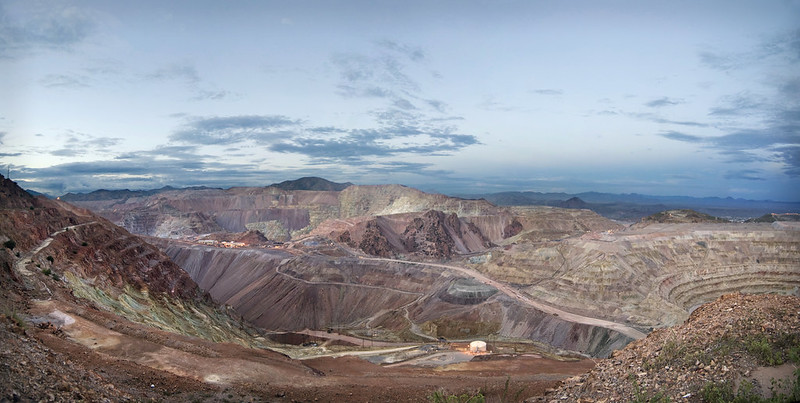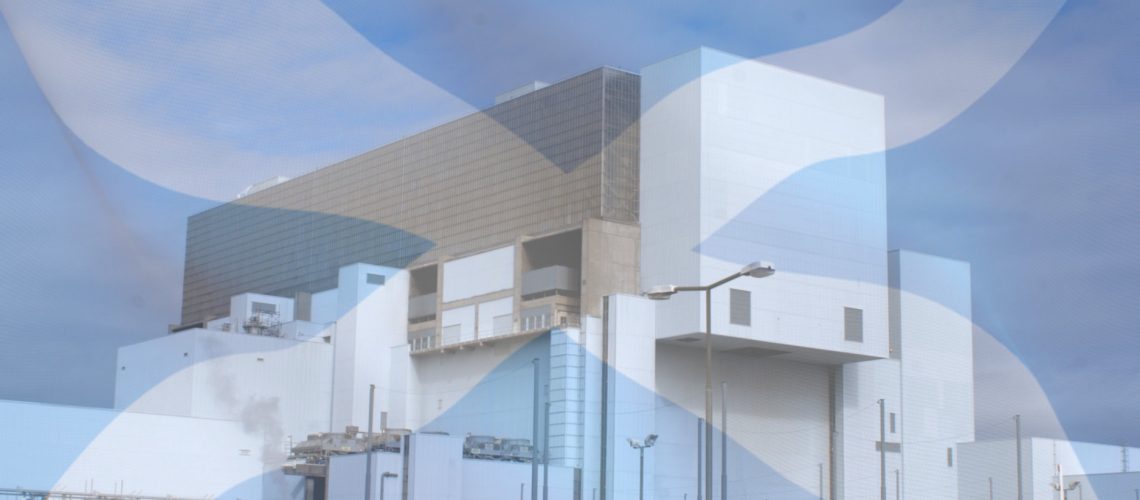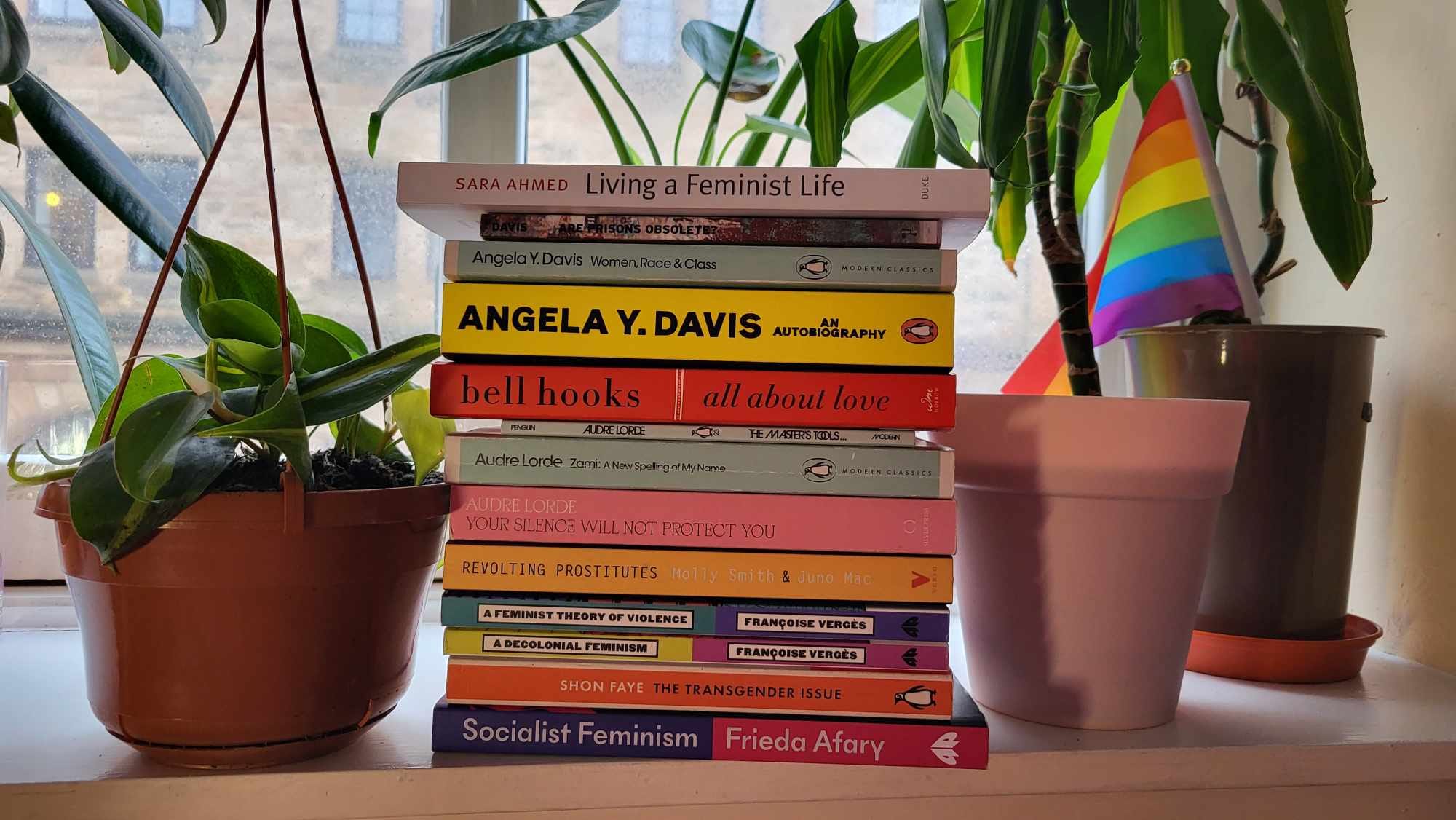Many of us are familiar with the image of the three-eyed radioactive fish that lives near the Springfield Nuclear Power Plant in the Simpsons. Between that and the conduct of Homer Simpson, serving as the ever-incompetent safety supervisor of the plant, the TV series is one of many pop culture representations of nuclear power as a big, bad, dirty problem.
Of course, this is fiction. In reality, nuclear power is one of the cleanest sources of power, with lifecycle emissions that match — and can even be lower than — most renewable energy sources like wind, solar and bioenergy. This is because nuclear power uses radioactive material rather than fossil fuels to produce the heat necessary to generate power. The outputs of nuclear energy are electricity, uncontaminated hot water and nuclear waste (which in lawful circumstances is stored safely; encased in concrete and under supervision).
Questions of alternative energy sources are rightly dominating discussions across the globe. Conclusions of the Intergovernmental Panel on Climate Change are clear: that human economic activity is to blame for rising temperatures. If greenhouse gas (GHG) emissions are not drastically reduced, temperatures will continue to rise, reaching 3°C or even 4°C of global warming by the end of this century. A 1.5°C rise could raise sea levels by over one metre, see 75%-90% of all coral reefs die, cause a mass extinction of insect life, and displace over 200 million people by 2050. That’s barely touching on the crises that would occur as a consequence of these disasters.
Alternative energy?
You may have heard of the phrase “decarbonising energy”. Fossil fuels, such as coal, petrol and natural gas, are some of the most relied upon sources of energy. Each one produces varying degrees of carbon-equivalent (aka GHG) emissions which have been accumulating in our atmosphere and trapping heat since the start of the Industrial Revolution, over 250 years ago. 80% of global energy production relies upon sources that produce these emissions.
Renewable energy is the answer according to most pundits. The SNP have managed to charm swathes of voters with the idea that Scotland can meet its climate targets and become self-sustaining with wind farms alone, but the truth isn’t so evergreen.
Like most 21st century technology, the component parts of wind turbines and solar panels rely heavily upon critical earth minerals. Compared to nuclear energy, these renewable sources are significantly more resource intensive. This is a notable threat to the sustainability of a renewable-only energy economy. Until we’re able to send up rockets to bring back asteroids packed with these minerals, our ability to build renewable energy infrastructure will depend on the state of the global market.

But besides this point, there is a far larger obstacle to a renewable-only future. The weather.
Obviously the wind isn’t always blowing and the sun isn’t always shining. We can produce the electricity we need with renewables most of the time (demonstrated by the fact renewables met 97% of Scottish electricity demand in 2020), but in moments where electricity demand exceeds the current supply from renewables, other sources of power must be used. In Scotland, these sources are primarily gas and nuclear power.
The key to understanding the whole picture is the difference between electricity generated and electricity demand. Scotland produces more electricity than it needs every year and exports its surplus power to England. Because of this, it’s easy for politicians to argue that renewables account for a lot more than they actually do. In 2020, we relied on nuclear power for 25% of the electricity generated, gas for 10%. Wind 44%, hydro power 11%, and solar less than 1%. Altogether renewables from various sources accounted for just 60% of electricity generated.
So while it’s true that renewable energy produced the equivalent of 97% of electricity in 2020 Scotland, on those days where the wind wasn’t blowing and sun wasn’t shining, we were actually relying on nuclear power and fossil fuels. When you take into account all these statistics, the portrait of Scotland as a renewable powerhouse becomes a bit glitchy.
You might be wondering: “Why don’t we just build more renewable energy sources and stash the excess for rainy days?” (so to speak).
Unfortunately electricity from renewables can’t be stored in an efficient manner. Batteries have relatively short lifespans, require an ever-shortening supply of lithium, and cannot be scaled up to national-grid-levels for a reasonable cost, despite what ass-hat multi-billionaire Elon Musk pretends. Other electricity storage solutions which rely on storing energy as heat or hydro power also have their own caveats: loss of heat to the environment and the need to clear huge areas of wildlands for reservoirs.
Another dent in our supposed green identity is the difference between electricity and energy. Electricity accounts for the electrical energy which you use to turn on your lights and watch the TV, but this only accounts for about 21% of energy we rely on in Scotland. The rest of the energy we use comes from sources such as petrol and gas, which fuel our cars and heat our homes.
Sure, we produce a lot of renewable energy, but it doesn’t sustain us. It only accounts for 25% of the energy we use, and even within this statistic is a great deal of hidden nuance.
It would take a long time and a mountain of public investment for Scotland to reach a position of being 100% renewable. Gas heating systems would need to be completely phased out, meaning a complete deconstruction of millions of Scottish homes. Existing renewable electricity infrastructure would have to quadruple at least to bear this load. The Scottish Government’s current aim is to achieve carbon neutrality by 2050 — this is far too late, and especially unlikely when we see the SNP already underdelivering on their 2040 commitments to housing construction, let alone renovation.
With all that said, I also don’t want to be too unfair to renewables. Wind power has done fantastic things for Scotland by rapidly decoupling our electricity consumption from fossil fuel infrastructure. Air quality in the country has improved considerably, and the amount of annual carbon emissions our nation generates has fallen by over 40% since 1990. While solar doesn’t do a great deal for us here, in sunnier climates, solar farms have vast potential to power millions of homes. Despite how politicians love to simplify these things, getting energy right isn’t about picking one source of power and using it for everything. It’s about choosing what works best for your local conditions. Finding the most efficient, the most affordable, most ecologically friendly mix.
The fact that Scotland is still dependent on fossil-fuelled gas power to make up for the shortcomings of a renewable-only policy is why I say: perhaps it’s time we give nuclear energy another shot.
A nuclear solution
Radioactive waste and nuclear meltdowns have become a bogeyman for our generation, stemming from the paralysis induced by the 1986 Chernobyl disaster in former Soviet Ukraine. Within organising circles I’ve heard many decent socialists falling for anti-nuclear propaganda about cancer rates and danger for those living near power plants. These claims need to be nipped in the bud.
I’m from Dunbar, which is home to one of Scotland’s two nuclear power stations, Torness. Unlike that fish from the Simpsons, I am not growing a third eye (not physically at least). Even workers inside Torness are safe, as radiation from the nuclear reactor remains safely contained and below background levels. In general, nuclear plant workers receive about as much radiation in a year as a hospital patient receives during a single CT scan.
At Chernobyl, the nuclear meltdown that occured was a catastrophe for local ecology and a threat to life the world over. The disaster serves as a case study into the dangers of unaccountability and poor planning. The fallout of this event, however, is often overexaggerated in popular consciousness. The average radiation clean-up worker faced a lower risk of mortality than most people today living in polluted cities. Contrary to what you might have assumed, very few of these workers died in the clean-up efforts, and many still live happy lives today. As for wildlife, the detrimental effects of low-dose radiation are no doubt present and still under research, yet animals thrive freely without humans intruding on them. Chernobyl did not create an ecological deadzone like the ones being made in our oceans and deserts by rapid climate change.
Nuclear waste is another big sticking point for the environmentally conscious mind. Fair enough. More often than accidents at nuclear plants there have been accidents in storing radioactive waste. Yet, the common denominator of these events seems to be the same cause of other environmental spills and pollution — corporate negligence. This is a matter that requires an entire post for itself.
I could go on about nuclear safety for a while, but then I’d fall into the old Marxist trap of writing a book instead of a brochure. The key takeaway here is that nuclear power, when done properly, is safe.
But why should we choose this path over going all-out with renewables?
Nuclear fuel is the most energy dense fuel we have. It takes a tiny pellet of uranium about the size of one of those wee rubbers on the end of a pencil to produce the same amount of electricity as a tonne of coal can. To rival the amount of energy a single 1000 MW power plant like Torness can produce in an hour (occupying just 1.44km2 of land) requires roughly 434 wind turbines or more. Not far from Torness is the UK’s second biggest wind farm, Crystal Rig (terrible name), which generates only 260 MWh with a total of 91 active turbines, and that’s only when they’re operating at maximum capacity.
The land area we could use for wind farms would be much better utilised in a Scotland that balances nuclear and renewable sources. Space that would be used for expansive on-shore wind farms could instead be used for building affordable homes and much needed public infrastructure, or better yet, much of it could be rewilded.
Another treasure of Scotland’s potential nuclear future is the opportunity for co-generation. Put simply, co-generation is when power plants are used to produce both electricity AND heat.
A great example of industrial co-generation can be found suitably with socialist infrastructure. Across post-war Eastern Europe, socialist projects installed district heating systems in towns and cities to bring down the costs of heating. These projects took waste heat from big coal plants and used it to provide hot water to homes in communities across each region. These systems are still in use today, and many similar projects operate on a smaller scale in Scotland too.
Think: a big, nuclear powered boiler that provides tens of thousands with electricity and hot water all year round. Stick that up your cost of living crisis.
The co-generation opportunities don’t stop there. In a nuclear-renewable scenario, we could use excess nuclear energy to generate hydrogen gas from water when renewable energy generation is running at full capacity. This would be a far more effective use of our resources than the status quo of simply selling our electricity to England — they can produce their own energy! I’m sure we’d be happy to show them how it’s done.
The emissionless hydrogen gas generated from this nuclear-assisted hydrolysis process could allow us to eliminate some of the emissions that are created in the current hydrogen production process, which relies upon fossil fuel Methane gas. Of course, we would also have the option to replace existing natural gas lines with hydrogen gas lines, but to deploy these solutions to Scottish homes and infrastructure would take a great deal of renovation. Natural gas produced at Grangemouth, for example, can’t be simply substituted for hydrogen gas, and we do not have many vehicles that can operate with hydrogen fuel cells.
The nuclear-renewable co-generation energy model could also be adapted in other parts of the world where drinking water is scarce and heating is less necessary. Instead of using surplus power to produce hydrogen and heat, the power plant infrastructure could be used to desalinate water, providing communities with access to clean drinking water.
“Sounds great,” you say, “but how can we get to this stage?”
Governments operating within liberal democracy cannot be trusted to implement energy infrastructure that is affordable to the working-class. Nor can they be trusted to fully abandon the black gold buried in the North Sea. Parties like the SNP are too timid to take on the oil and gas monopolies which hold so much influence over energy company boardrooms and lobbying groups. Who else do you think has been creating all of this anti-nuclear propaganda?
We need a government that prioritises ecological and human wellbeing over the pursuit of corporate profits first and foremost. Years of disappointment from Tories of various shades has proven that this government can only come with a complete change of system. This system must also invite accountability, and the democratic involvement of the Scottish working-classes. It must be a system that is unafraid of initiating huge public investment programs that will reshape the nation — one with a vision of a completely different Scotland.
This system is 21st century socialism.
So once again, we are faced with the choice: ecosocialism or ecocide. Socialism or extinction.







